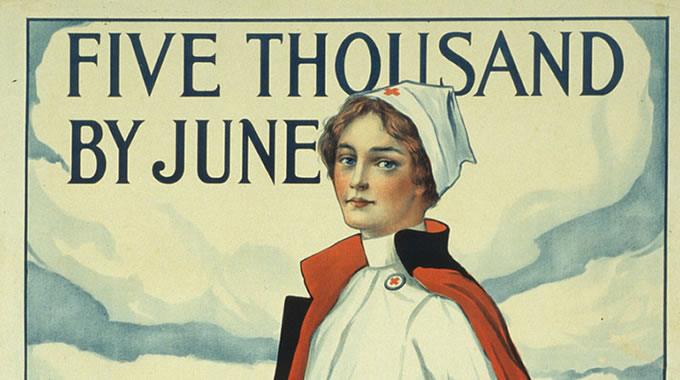Why Did Nurses Wear Capes?

In the past, the cloak was an inevitable part of the nurses' uniform. It symbolized the helping hand of the nurses and a friend in need. The nurses also used the cloaks to keep themselves warm during the cold weather. That is a past story as in the current world - nurses have stopped wearing capes.
Why Did Nurses Wear Capes?
Branding
The shawls were used to promote a sense of bonding and community among the nurses. A good example is a nurse who has been transferred to a new hospital. When they spot a nurse wearing the same cape, they feel that they are not strangers at the new workplace.
Identification
In the past, nurses' ponchos were used to identify their educational background—also, the level of the experience the nurses had. Different medical schools had colors and ponchos for their students. A student in the first year had a simple white wrapper with a ribbon. As the student graduated to the next class and gained more experience, their shawls' color, shape, and fabric also changed.
Nurses' Expertise
A hospital setting has many employees, and some wear almost the same uniform with the same colors. To distinguish the nurses from other staff, the authority advised the nurses to wear ponchos instead of sweaters. Visitors in the hospital were able to identify the nurses by using this identification method. You will note that some hospitals had designed different cloaks for their nurses to show the different experience levels of their nurses
Warmth
The nurses used to wear capes during the cold weather. The cloak was to keep them warm and look presentable instead of many different sweater colors. Any nurse would not go to their superior without the attire.
Why Did Nurses Stop Wearing Capes?
There is no rule or official announcement from the hospitals that dictated the abolishment of the use of the nurse's cloak. One of the reasons why the nurses stopped wearing the cloak was due to hygiene problems. The shawls were made of a stiff fabric that collected dirt from the hospital surfaces as they worked. The material was hard to wash and dry, making the cloak unhygienic to use.
The other reason nurses stopped wearing the cloak is the realization the latter had no significant purpose. When nurses are working, their main intention is to work comfortably and not how their dressing looks. Nurses wanted to be flexible in their uniform flexibility. The change in flexibility is also noticed in the history of their nursing uniform.
You will have noticed that the female nurses only wore the nurses' shawls. The cape was gender-biased. To meet equality at the workplace, the female nurses decided to ditch the attire.
As you have seen, the nurses' dressing, in the beginning, did not include capes. They were introduced there in between. The shawls were abolished due to gender biasedness, hygiene purposes, and acknowledging that the wraps had no significance. The shawls were meant to keep the nurses warm during cold and harsh weather conditions like winter.
In addition, you have noticed that it does not matter if a nurse was in a uniform for them to work properly. All that matters is the flexibility and services given to the patients at the end of the day.

